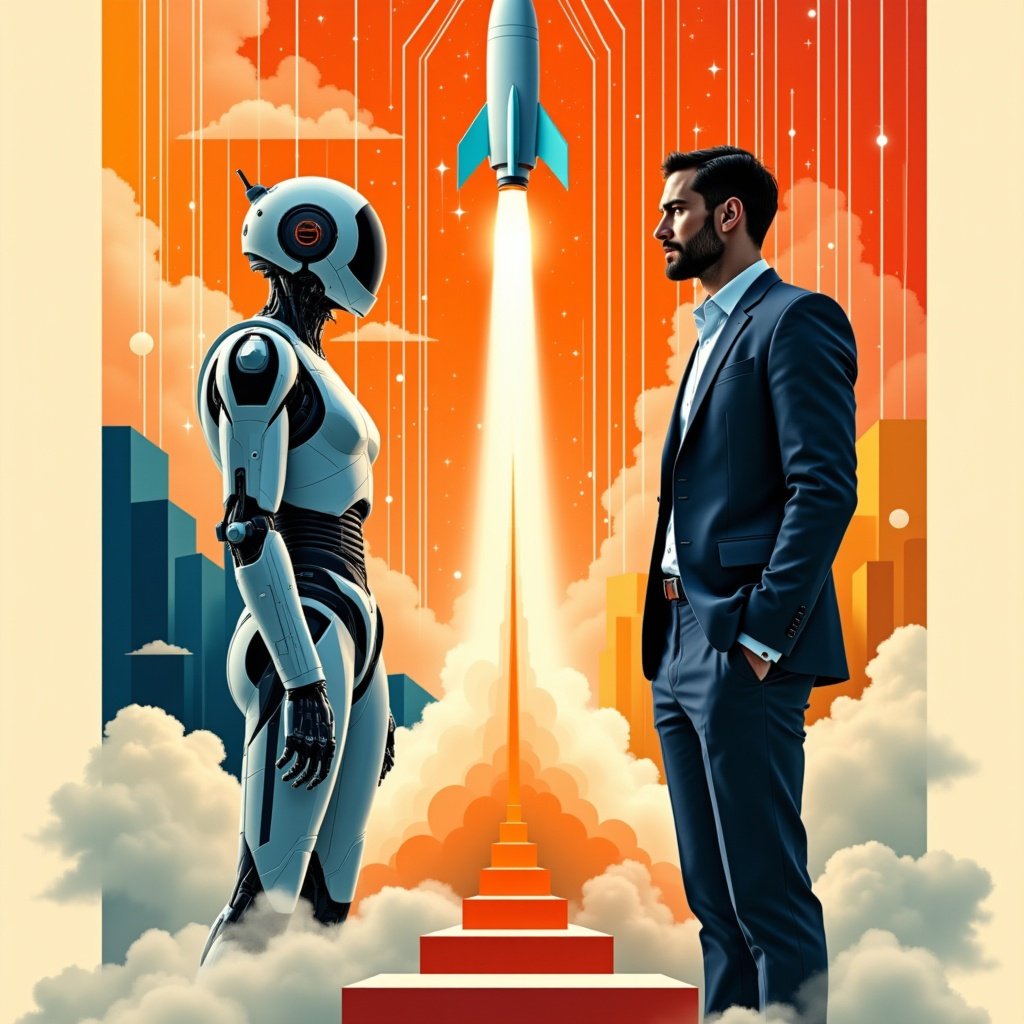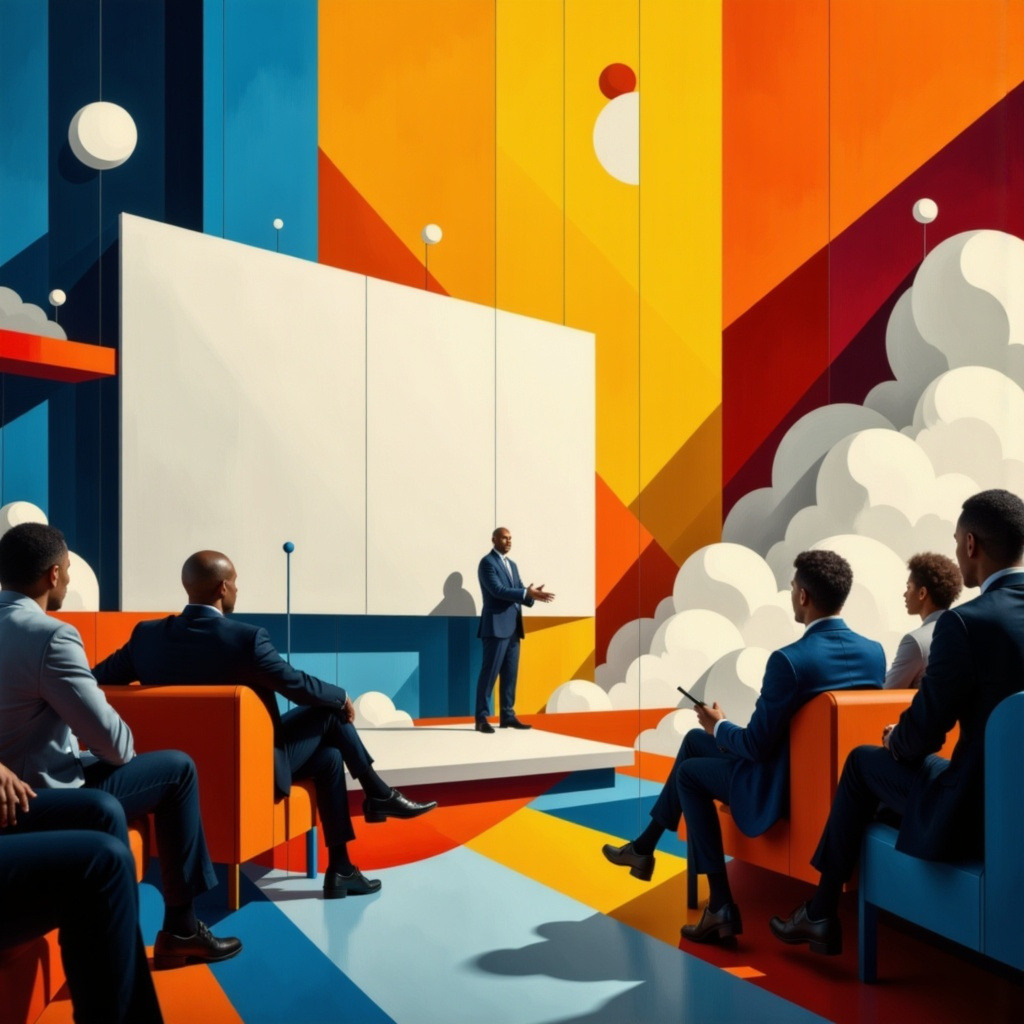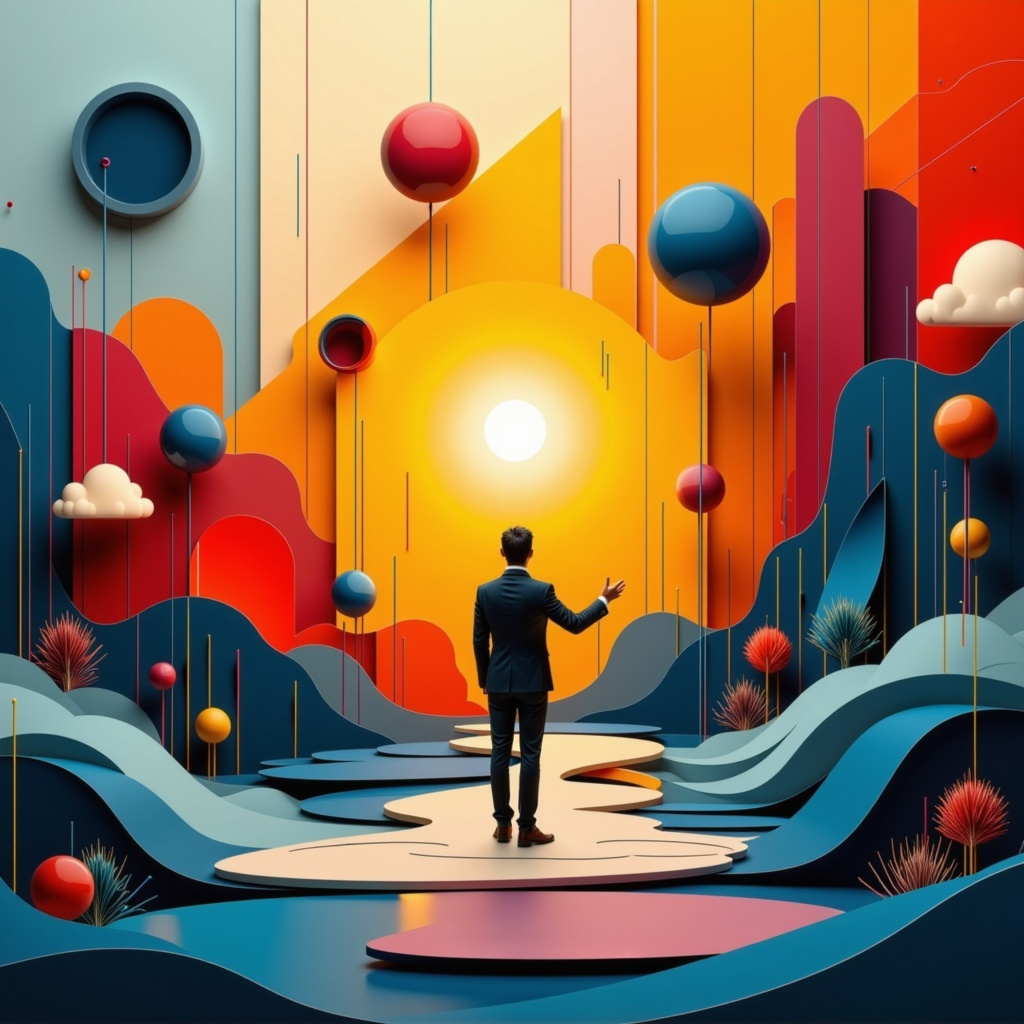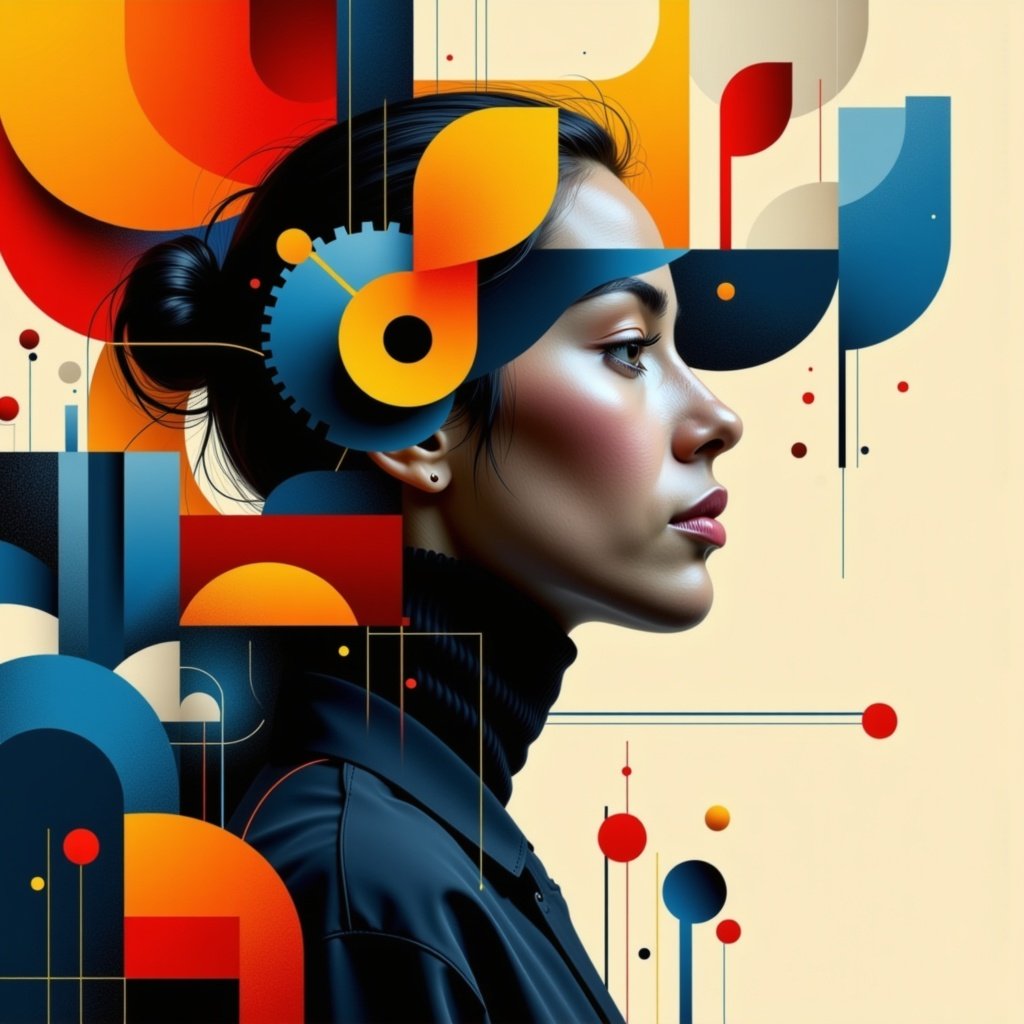.png)
Humans, Contractors, and AI Agents: The New Workforce Reality

The conversations I'm having with business leaders these days are always circling back to one central truth: the workforce. It is currently undergoing a fundamental, irreversible transformation. We're witnessing a complete redefinition of what a "team" looks like. For too long, many have passively observed, wondering how AI might impact jobs. But for real leaders, the time for passive observation is over. The future workforce, a dynamic blend of full-time staff, agile gig workers, and increasingly, autonomous AI agents, is the reality staring us down right now.
This isn't a challenge we can address tomorrow. Redesigning roles and organizational structures is an imperative for today.
The Shifting Landscape
To understand where we're going, we first need to acknowledge the seismic shifts already underway. We're seeing concrete moves from industry giants. Take Amazon CEO Andy Jassy, for example. He recently told his employees directly that as Amazon continues to deploy AI agents, corporate jobs are likely to be reduced over the next few years.
His message was clear: AI will bring efficiency gains, meaning Amazon will likely “need fewer people” doing their current jobs, and “more people doing other types of jobs.” While he couldn't put an exact number on the impact, his urge for staff to "be curious about AI" underscores the profound change underway.
A recent World Economic Forum study echoed this sentiment globally, revealing that 40% of employers worldwide plan to cut staff due to AI automating roles by 2030.
Now, here's where it gets really interesting,, and perhaps, counter-intuitive for some. For years, the narrative around automation and AI was often framed as a threat primarily to blue-collar jobs. The idea was that robots would take over factory floors and manual labor. But what my conversation with Adam Patti, CEO of VitalShares, on my Swimming with Sharks podcast revealed is a fascinating, unexpected twist. Adam articulated a growing consensus that while many anticipated AI primarily impacting blue-collar roles, the opposite might be true.
Adam suggests that white-collar jobs are actually more susceptible to reduction by AI. Think about it: do you really need a junior lawyer to draft a standard brief when tools like Grok or ChatGPT can generate a comprehensive draft in seconds? Many repetitive, knowledge-based tasks, traditionally the domain of white-collar professionals, are ripe for automation by sophisticated AI agents.
Conversely, Adam sees a boom cycle for skilled blue-collar jobs. He specifically pointed to the massive infrastructure demands of the AI revolution itself. All these new data centers, for instance, are increasingly being liquid-cooled, requiring entirely new plumbing systems and specialized electrical engineering. You can't automate installing complex liquid-cooled systems or rerouting high-voltage electricity with an AI agent.
These are hands-on, high-skill technical trades that demand human expertise, problem-solving, and physical presence. This radical re-composition of the workforce is what makes this era so different: AI could be fundamentally redefining them and creating entirely new, often unexpected, categories of work.
Deconstructing the New Workforce Archetypes
So, if the traditional job market is being completely re-architected, who's actually on your team in this new reality? It’s no longer just "employees." It’s a complex, dynamic mix of:
The Redefined Human Employee
Full-time staff are still the heart of the enterprise, but their roles are rapidly shifting. We are not looking at AI replacing humans, but humans using AI will replace those who don't. The focus must be on uniquely human capabilities that AI, in its current or foreseeable form, cannot replicate.
I'm talking about genuine creativity, complex strategic thinking, emotional intelligence, ethical reasoning, nuanced leadership, and true human connection. These are the areas where our teams must double down. The imperative here is continuous upskilling and reskilling. As McKinsey's January 2025 report "Superagency in the workplace" highlights, 94% of enterprises say AI skills are critical for 2025. Your existing workforce needs to learn how to collaborate with AI, interpret its outputs, and provide the critical "human in the loop" oversight that ensures trustworthiness and ethical operation.
The Agile Contractor/Gig Worker
The increasing complexity and specialization of AI projects naturally lend themselves to a more agile workforce. Organizations need specific, often temporary, expertise that might not justify a full-time hire. This is where contractors and gig workers excel, providing flexibility and access to niche skills.
We're already seeing the rise of fascinating new roles in this space, often referred to as "AI Whisperers" or prompt engineers, individuals who specialize in expertly communicating with and guiding AI agents to achieve optimal results. Managing this distributed workforce effectively, ensuring seamless integration and consistent quality, becomes a new leadership challenge.
The Rise of the AI Agent
This is perhaps the most profound shift. We're moving beyond AI as merely a tool or software application. AI is becoming an active "team member" or "agent" within the enterprise. These AI agents are capable of performing tasks autonomously, from advanced data analysis and generating personalized content to handling initial customer service interactions or intelligently retrieving complex information.
They operate with defined roles, responsibilities, and even performance metrics. This means leaders must now think about how to govern, monitor, and audit these non-human "workers" effectively within the organizational structure, ensuring accountability and ethical operation at all times.
Designing for Tomorrow
The implications of this hybrid workforce are enormous for organizational design. Traditional, rigid hierarchical structures simply aren't suited to a fluid ecosystem of full-time staff, external specialists, and autonomous AI. The future demands more agile, fluid, cross-functional "pods" or "squads" where humans, contractors, and AI agents collaborate seamlessly on projects, adapting rapidly to new demands.
This fundamentally reshapes the role of leadership. You're orchestrating a diverse, interconnected ecosystem of human intelligence, specialized contractor expertise, and artificial intelligence. This demands ethical leadership, a keen eye for vision-setting in a landscape of constant change, and a commitment to fostering a culture of trust and adaptation.
How do you measure productivity when AI is doing a significant portion of the work? New performance metrics will focus on outcomes and the integrated efficiency of human-AI collaboration, rather than just individual hours or outputs. Your talent strategy also shifts: it's about attracting individuals who thrive in ambiguity, possess strong collaboration skills, and see AI as an enabler for their own potential.
Your Call to Action in the Hybrid Era
The workforce is fundamentally restructuring into a human-contractor-AI agent reality. This is a present challenge that demands your immediate attention and strategic foresight. Leaders who proactively understand and design for this new reality will thrive, defining the competitive landscape for years to come.
The journey to effectively integrate AI and redesign your workforce for this new era can be complex. If you're a CEO or executive ready to navigate these profound shifts and lead your organization confidently into the hybrid future, I invite you to join my upcoming online series, AI-Powered Growth for Business Leaders, where we dive deeper into redesigning your workforce for the AI era and the entire AI SHARK Framework.
Join me and let's shape your organization's future.







